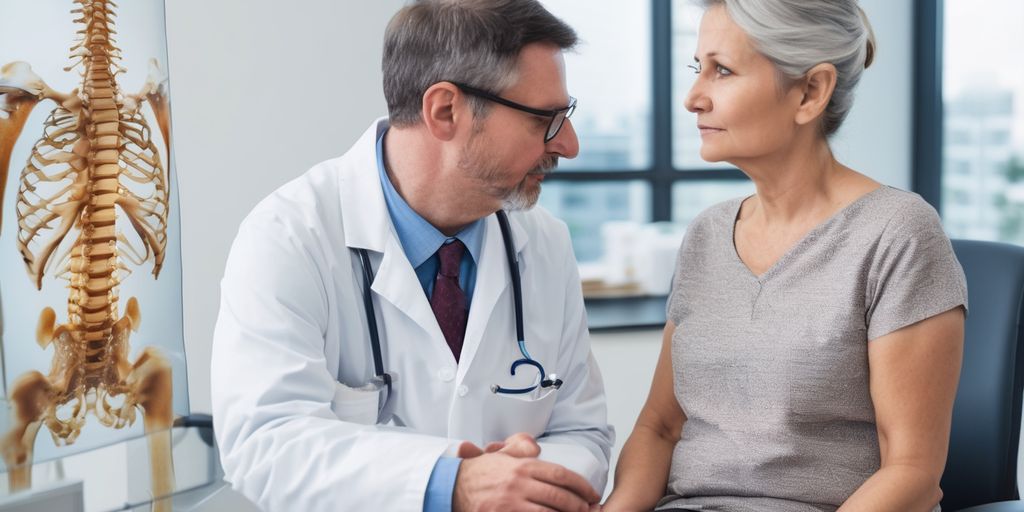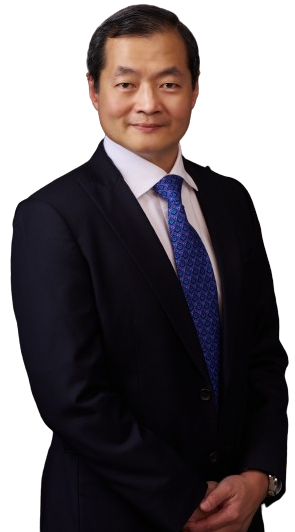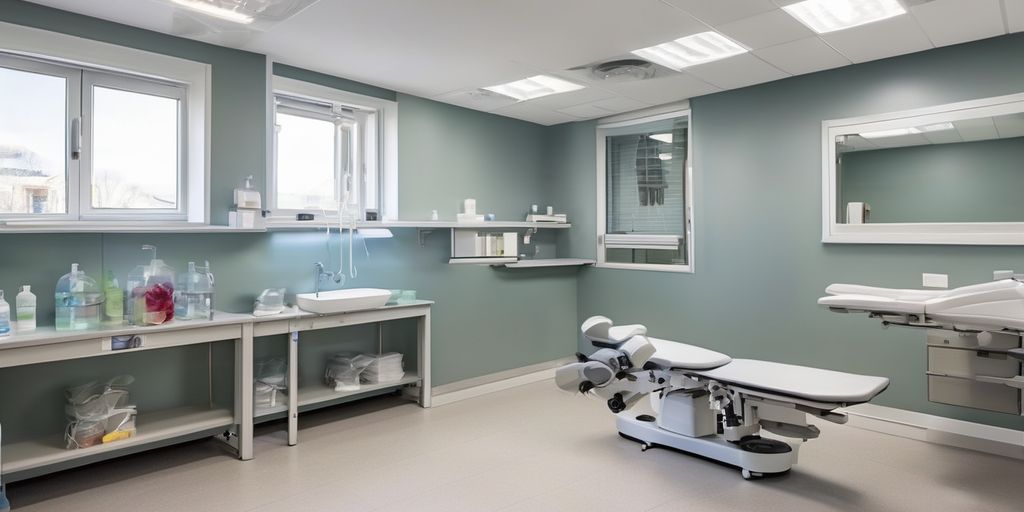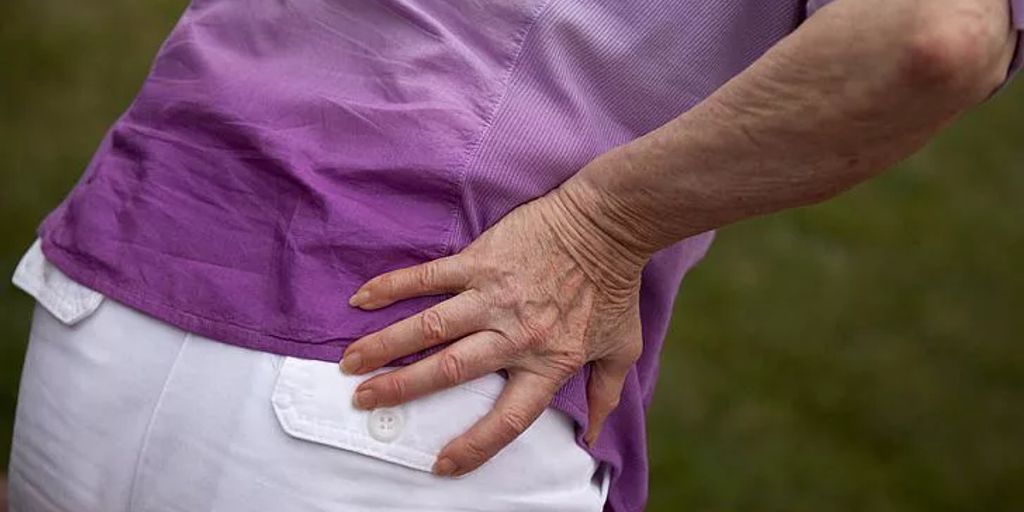
Spine problems are a common issue that can significantly impact one’s quality of life. From herniated discs to chronic pain, there are various conditions that can affect the spine. Understanding these problems and exploring the available treatment options is crucial for effective management and relief. This article delves into common spine issues, non-surgical and surgical treatments, lifestyle changes, alternative therapies, and techniques for managing chronic spine pain.
Key Takeaways
- Understanding common spine problems such as herniated discs, spinal stenosis, and degenerative disc disease is the first step towards effective treatment.
- Non-surgical treatments like physical therapy, chiropractic care, and acupuncture can offer significant relief for many spine issues.
- Surgical options, including diskectomy, spinal fusion, and laminectomy, are available for severe cases that do not respond to conservative treatments.
- Lifestyle changes, such as regular exercise, ergonomic adjustments, and dietary modifications, play a vital role in supporting spine health and preventing further issues.
- Alternative therapies like massage therapy, biofeedback, and electrical nerve stimulation can be beneficial for managing chronic spine pain.
Understanding Common Spine Problems
Herniated Discs
Herniated discs occur when the soft inner gel of a spinal disc pushes through a crack in the tougher exterior casing. This can lead to nerve irritation and significant pain. Immediate medical attention is often required for serious conditions. Common symptoms include pain, numbness, and weakness in the limbs.
Spinal Stenosis
Spinal stenosis is the narrowing of the spaces within your spine, which can put pressure on the nerves that travel through the spine. This condition is often caused by wear-and-tear changes in the spine related to osteoarthritis. Symptoms may include pain, tingling, numbness, and muscle weakness. In severe cases, it can lead to more serious complications.
Degenerative Disc Disease
Degenerative Disc Disease is a condition where the intervertebral discs lose their flexibility, elasticity, and shock-absorbing characteristics. This can result in pain and reduced mobility. The condition is often a natural part of aging but can be exacerbated by injury or overuse. Treatment options vary and can include physical therapy, medications, and sometimes surgery.
The back muscles and spine support much of the body’s weight. A person uses the muscles for everyday movements, including sitting, standing, and walking. People can also experience pain in other areas, including the neck and middle and upper back.
Non-Surgical Treatments for Spine Issues
Physical Therapy
Physical therapy is a cornerstone in the management of spine issues. It involves exercises and techniques designed to improve mobility, strengthen the muscles supporting the spine, and alleviate pain. Regular sessions can significantly enhance the quality of life for individuals suffering from chronic back pain. Physical therapists often tailor programs to meet the specific needs of each patient, ensuring optimal outcomes.
Chiropractic Care
Chiropractic care focuses on the diagnosis and treatment of mechanical disorders of the spine. A chiropractor manipulates the spine to ease pain and improve function. This non-invasive treatment can be particularly effective for conditions like herniated discs and spinal stenosis. Many patients report significant relief after a few sessions.
Acupuncture
Acupuncture involves the insertion of thin, sterilized needles into specific points on the body. This ancient practice has gained recognition in modern medicine for its effectiveness in treating back pain. Scientific evidence supports its use, and many patients find it to be a valuable addition to their treatment regimen. Acupuncture can help reduce pain and improve overall well-being.
Exploring non-surgical treatments can provide significant relief and improve the quality of life for those suffering from spine issues. Always consult with a spine specialist to determine the best course of action for your specific condition.
Surgical Options for Spine Problems
Diskectomy
A diskectomy is a surgical procedure aimed at removing the damaged portion of a herniated disk in your spine. This procedure is often recommended when the herniated disk is pressing on a nerve root, causing significant pain or muscle weakness. Orthopaedic Surgeons typically perform this surgery using minimally invasive techniques to reduce recovery time and minimize risks.
Spinal Fusion
Spinal fusion is a procedure where two or more vertebrae are permanently connected to eliminate motion between them. This surgery is often used to treat conditions like degenerative disc disease or spinal instability. Specialized spine instrumentation, such as titanium rods and screws, are used to stabilize the spine. While spinal fusion can provide significant relief, it is an irreversible procedure and should be considered only after other treatments have failed.
Laminectomy
A laminectomy involves the removal of the lamina, a part of the vertebra that covers the spinal canal. This procedure is often performed to relieve pressure on the spinal cord or nerves caused by spinal stenosis. The goal is to create more space within the spine, thereby alleviating symptoms like pain and muscle weakness. As with other surgical options, it is crucial to consult with multiple specialists to make an informed decision.
Spinal Fusion
Spinal fusion is a procedure where two or more bony vertebrae are permanently joined to eliminate motion between them. This surgery is often used to treat conditions like degenerative disc disease or spinal instability. Specialized spine instrumentation, such as titanium rods and screws, are used to stabilize the spine. The patient’s own bone augmented with demineralised bone matrix (DBM) or bone morphogenic protein (BMP) is also used for the spinal fusion.
While spinal fusion can provide significant relief, it is an irreversible procedure and should be considered only after other treatments have failed. There is also the long term problem of adjacent segment degeneration for the level above or below the fusion level.
Surgery should be considered after all non-surgical options have been considered. It is more risky than non-surgical options but some times, it is the most effective option for severe conditions where the spine is unstable or there is neurological deterioration.
Lifestyle Changes to Support Spine Health
Exercise and Stretching
Regular exercise and stretching routines are vital for preventing and managing back pain. Low-impact aerobic activities, such as walking, swimming, or cycling, can help maintain spine health without putting excessive strain on it. Core strengthening and flexibility exercises are also essential to support the spine’s stability and mobility.
Ergonomic Adjustments
Making ergonomic adjustments in your daily life can significantly reduce spine-related discomfort. This includes setting up a proper workstation, using supportive chairs, and ensuring that your posture is correct while sitting or standing. Taking regular breaks to move around and stretch can also help alleviate strain on the spine.
Dietary Modifications
A well-balanced diet rich in essential nutrients like calcium and vitamin D plays a crucial role in maintaining spine health. These nutrients support bone density and overall spine strength. Additionally, maintaining a healthy weight can reduce the load on your lower back, preventing further complications.
Shedding extra pounds lightens the load on your lower back. If you need help, ask your doctor for advice on a diet and exercise plan that may work best for you.
Alternative Therapies for Spine Pain
Massage Therapy
Massage therapy involves the manipulation of soft tissues to relieve pain and improve function. It can be particularly effective when there is muscle spasm.
Electrical Nerve Stimulation
Electrical nerve stimulation, including Transcutaneous Electrical Nerve Stimulation (TENS), uses a battery-powered device to deliver electrical impulses to the skin. These impulses can help reduce pain by interrupting pain signals to the brain. This method is often used as part of a comprehensive evaluation and physical therapy plan.
Managing Chronic Spine Pain
Pain Management Techniques
Managing chronic spine pain often requires a multifaceted approach. Pain management techniques can include medications such as anti-inflammatories and muscle relaxants. Physical therapy is also a common method to regain strength in muscles and improve posture. Cognitive-behavioral therapy (CBT) can help patients cope with the emotional aspects of chronic pain.
Spinal Injections
Spinal injections are another option for managing chronic spine pain. These injections can deliver steroids directly to the inflamed area, providing relief from pain and inflammation. They are often used when other non surgical treatments have not been effective and as a prelude to surgery.
Conclusion
Spine problems require a multifaceted approach that includes both traditional and alternative treatments. From surgical interventions to non-invasive therapies like acupuncture, massage, and electrical nerve stimulation, there are numerous options available to manage and alleviate back pain. It is helpful to consult with a spine specialist to determine the most appropriate treatment plan tailored to individual needs. By exploring various strategies and making informed decisions, individuals can significantly improve their quality of life and manage chronic spine issues effectively.
About The Author

Dr Gamaliel Tan
Orthopaedic Surgeon Specialising in Spine Surgery in Singapore
Dr Gamaliel Tan is a qualified and experienced spine specialist in Singapore with over 25 years of experience in designing and providing effective solutions for different orthopaedic problems. He specialises in spine surgery and has experience in endoscopic spine surgery and motion preservation spine procedures (artificial disc replacements).
He is a member of the Singapore Spine Society and AOSpine Society.





